
by dbward | Apr 4, 2022 | Facilitation Tips
This week’s blog post is by guest bloggers Manya Kapikian and Jackie Vessal
It’s Thursday and you are logging into a meeting with people you don’t know. The agenda starts with an icebreaker and the invite asks everyone to bring their favorite mug. What is your reaction? Do you cringe, or do you enthusiastically bring 10 mugs?
The “Mug Show & Tell” exercise is a common icebreaker, in which people get to share a little bit about themselves. Why do we do this? Authors Frische and Green explain the benefits of icebreakers in their article, Make Time for Small Talk in Your Virtual Meetings. This practice is particularly important these days, where our virtual or hybrid work environments no longer present the same opportunities for casual chatting.
Icebreakers are designed to help members of a group warm up, to get to know each other a little and build a sense rapport. An icebreaker can be particularly helpful for a group of people coming together for the first time, but even an established group may find these activities helpful.
Of course, not everyone enjoys these activities. Google “I hate icebreakers” and you’ll find plenty of stories about people who cringe at the thought of participating in an icebreaker. They can be awkward for introverts, can create tension and anxiety, and easily feel forced. Some people see them as frivolous waste of time and too touchy feely. But as Frische and Greene explained, there is a case to be made for doing them anyway.
Icebreakers open a communication channel that helps people relax, get to know one another, and make it less awkward to interact. They are an effective way to network and meet new people. In a meeting, conference, or other event where strangers need to come together, icebreakers help individuals to “break the ice.” They allow for complete strangers to interact, get to know one another, and begin to form a common ground. Once folks start talking, it becomes easier to keep the conversation going. A good icebreaker can set the tone and mood for the rest of the meeting or conference.
It is important to make sure your introductory activity is not too long. Ideally, it should last between 5 and 10 minutes – just long enough for people to feel comfortable and ready to discuss the key topics of the meeting.
The type of icebreaker you chose will depend on if you are in person or in a virtual setting. Whatever the setting, the best icebreakers are interactive and memorable. If your space allows, plan on an icebreaker that gets people moving around the room. If meeting virtually, break up your audience into more intimate groups. The group size should be 2-5 for small meetings and 6-10 for large meetings. To make an icebreaker memorable think fun, get them laughing and having a good time.
Lastly, be creative. Go beyond your first idea and aim to customize the icebreaker experience to your group.
Try one of these at your next meeting.
- Ask everyone to answer one quick question. Offer them 3-5 questions and a time limit of 30 seconds to a minute. (Alternatively, turn these questions into a poll so that the only thing a person must do is click a button.) Some questions that our teams have enjoyed included:
- Would you rather live without music or live without TV?
- Tell us how you are feeling today in the form of a weather report
- If you could rid the world of one thing, what would it be?
- What TV advertisement bothers you the most?
- Assign a quick task and have them go around for a minute and so and talk. Examples of tasks:
- Ask people to bring their favorite mug
- Wear your favorite concert t-shirt
- Wear your favorite hat
Ice breakers are simply a way for people to warm-up to each other and get into a zone for collaboration quicker. Ultimately, they are a small investment to achieving a better meeting outcome, and perhaps with a little bit of fun sprinkled in. So, maybe the next time someone asks you to bring a favorite mug, consider having one in each hand.
Photo credit Lawrence Denny Lindsley
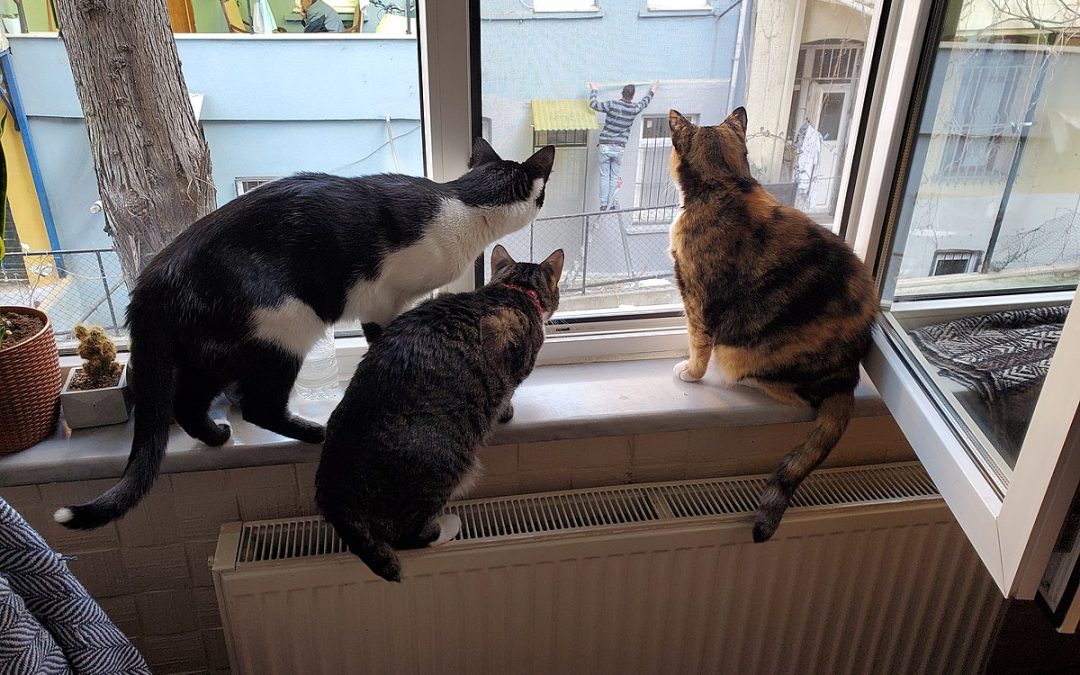
by dbward | Feb 14, 2022 | Facilitation Tips
Here in ITK land, we aim to foster an atmosphere of curiosity everywhere we go. Most of us are pretty curious by nature, and ITK work is full of opportunities to indulge our “strong desire to know.” Naturally, pretty much all the tools in our toolkit are question-based, and are designed to draw out thoughts, ideas, and perspectives from the groups we work with. Our facilitation techniques are similarly focused on helping teams dig deeper, explore new areas, and learn new things together.
The truth is, curiosity is an action as much as an identity. It’s what we do as much as who we are. And the good news is that curiosity-as-a-verb points towards specific behaviors that anyone can adopt, should they choose to. Have you ever wanted to be more curious? If so, read on!
The most fundamental way to exhibit curiosity is pretty simple: ask questions. Here’s what that might look like.
Suppose someone tells you they did marching band in high school. How might you respond to that statement?
The non-curious option is to say “Cool, I was in band too!” and then start talking about yourself. Or “Yeah, I did sports / theater / chess club / etc instead of band.” And then keep talking about yourself.
The curious option, in contrast, is to ask a question such as “Oh, what instrument did you play?” And maybe follow it up with more questions, like “Did you play all four years? Did you enjoy it? Do you still play? What did you like about it the most? Do you miss it?”
OK, maybe don’t ask all those questions at once (that’d be annoying), but I bet you see the pattern. This curiosity behavior is a discipline we can choose to cultivate, a repeatable practice that anyone can adopt. All it takes is a moment to stop and remember to ask a question. Whether we’re facilitating an ITK session or just chatting with a friend, this posture of curiosity helps keep the conversation going and leads to learning new things. And that brings us to one final question: will you try this?
(featured image is used with permission from Wikimedia Commons user Eesco9141, from https://commons.wikimedia.org/wiki/File:3_Cats_in_the_Window.jpg)
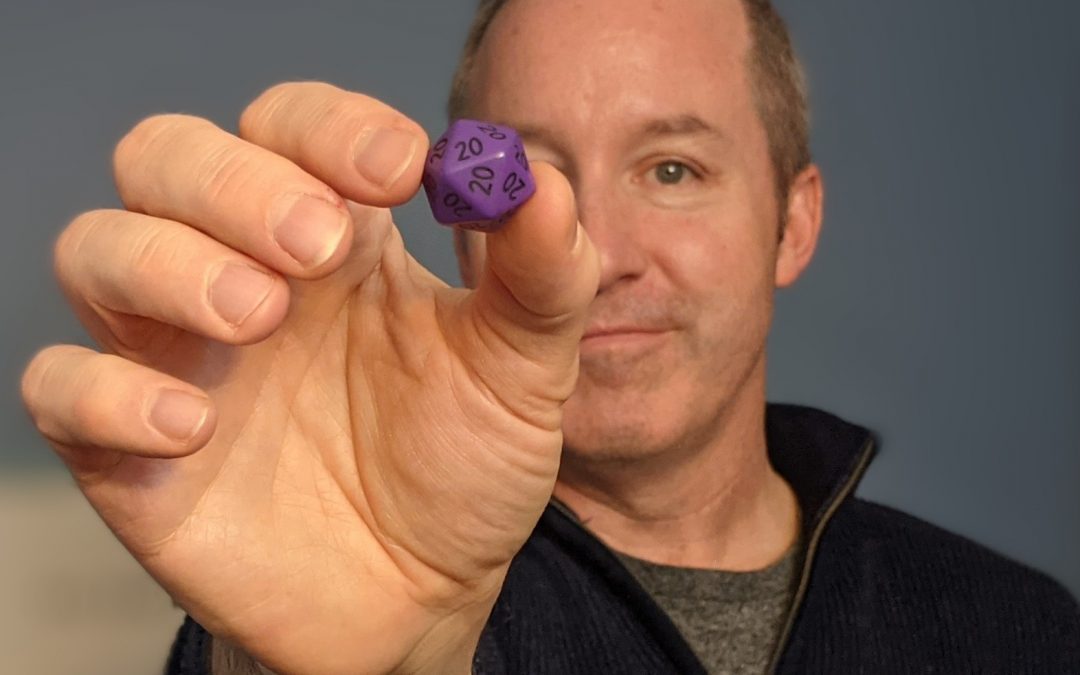
by dbward | Dec 16, 2021 | Facilitation Tips |
At its best, my ITK work is playful work. Silly work. Chaotic work. If ITK was a Dungeons & Dragons campaign, my personal alignment would definitely be Chaotic Playful. And yes, I know that’s not a real alignment. That’s why I picked it.
There’s a reason I take this approach and encourage my fellow ITK facilitators to do the same. There is a thoughtful and deliberate strategy beneath the mirth and mess I try to introduce in ITK sessions.
See, we spend a lot of time working with engineers and technologists. We are regularly called on to help serious-minded military leaders and government executives. As a rule, people in these groups tend to value structure, planning, order, discipline, predictability… crap like that. When these folks come to ITK, it’s generally because they are facing some big gnarly challenge that is resistant to being solved by status quo thinking. Their standard approach just isn’t cutting it. We aim to move participants out of their usual modes in order to help them explore new ideas and launch creative experiments. A strategy of playful chaos is a means to unlock creativity.
And of course, several of us have been in those same roles. We hold engineering degrees and have worn military uniforms. We’ve run up against the limitations of formal, official, tightly structured problem-solving methods. We know that playful approaches, however helpful and productive, don’t always come naturally to folks who grew up in those environments and who default to a more buttoned-up posture. We know we need to be nudged and encouraged to experiment and to lean in to the unknown. We all need to be shown how to do this, and we all need to be reassured that it’s ok to play, particularly when the problems are serious. And so we bring playful invitations and empathetic reassurances as strategic gifts to our ITK sessions.
It takes effort to bring a sense of fun and playfulness to this ITK thing. Or maybe “effort” is the wrong word. Maybe “intentionality” is what I’m looking for, or maybe “deliberate-ness.” But those terms feel a bit formal in the context of Chaotic Playfulness. Maybe it’s better to say it takes music and art and humor and imagination to bring a sense of playfulness into a room full of engineers. It also takes a touch of courage, and the good news is that playfulness emboldens. It’s easier to be brave when you’re also being playful.
So yes, an ITK session can get a little chaotic. Participants may occasionally feel off-balance, surprised by what happens next, or even briefly confused about the direction we’re heading. Those feelings are an important part of the innovation experience, and help to unlock people’s innate creativity. We find that bringing an explicitly playful approach helps people feel safe and supported as we do this challenging work together.
In closing, let’s take a moment to appreciate that last word: together. Our experience over the past few years has taught us that playfulness not only unlocks creativity and courage, it also builds community. Playfulness brings people together, which makes it an essential part of a successful ITK engagement.
(photo credit Bethany Ward)
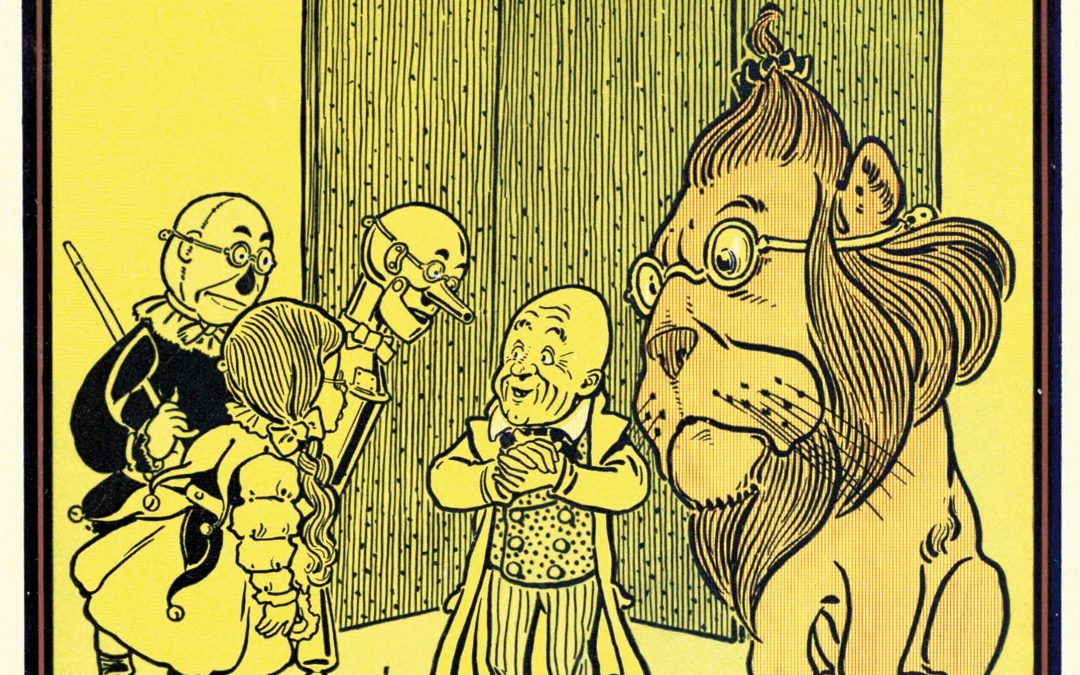
by dbward | Oct 25, 2021 | Facilitation Tips, Success Stories
This week’s guest blogger is Kerrianne Marino.
This summer, I facilitated a half-day workshop that focused on coming up with areas of exploration for Nuclear Command, Control, and Communications (NC3) systems. I agreed to facilitate the session because I saw it as an exciting challenge. Admittedly, I was naively excited to do an in-person event and talk to people face to face again after Covid yanked that benefit for over a year.
After I sent the ‘yes’ confirming I would facilitate, I felt the ‘oh no’ directly after and convinced myself I had no business leading an exercise on a topic I knew nothing about. When I came onto the effort, someone had already proposed a schedule of events, so I scheduled my initial conversation with those who submitted the ITK request to go over goals and expectations. They wanted to get a group of a dozen or so experts in a room to brainstorm and prioritize different ideas for a FY22 plan. This conversation made me feel slightly better, but only enough to know what I didn’t know.
A list of worries started running through my head…
- What if no one has ideas and we’re sitting in silence until I come up with an idea to write down and break the silence?
- What if that idea I present is STUPID and they all find out I know nothing about this space?
- What if I don’t know how to summarize someone’s idea onto a notecard?
- What if we miss documenting a bright idea?
- What if we run out of time?
- What if no one shows up?
- What if…
I asked the ITK group of trainees if anyone could help support and was able to bring someone onboard and brought them up to speed. I frantically asked one of the ITK veterans to hop on a call to walk us through best practices on the Card Sorting tool we were planning to use.
As we discussed best practices, I went on to admit I was nervous for the workshop, having had no experience in this domain. She looked at me with convincing eyes (yay for video cameras!) and replied, ‘But you do!’ And listed the ways in which I did have tangential knowledge related to workshop mission. I straightened up, and with her encouragement, snapped into the realization that my experience with Department of Justice, Department of Defense, and human-machine teaming projects would give me all I needed and more to push this group forward.
Jumping to facilitation day – the workshop went great! We started with defining the problem statement in the form of a ‘How might we?’ question, and I even helped by throwing ideas on the board, which led to productive discussion. The card sorting activity unlocked so many insightful discussions.
I was surprised to notice that for a good chunk of time, the leads came short of introducing ideas. This made me realize- that’s why I am here. To shepherd this group into a think-tank and feed them the materials they need to set their ideas in motion.
We documented the topics and ideas people came up with, as well as some themes the other facilitator and I noticed, and sent them off to the leads, who used the workshop’s outcomes to inform the future of the department’s NC3 work.
Here are a few tips I learned from this experience:
- Find people you can talk with that will convince you that you can do it!
- Get help! I requested someone else join me in the workshop to help facilitate small breakout groups and note-take
- Print out/present ‘conversation’ pieces. I drew out the Market Opportunity Navigator shown below (from Where To Play) so everyone could ground their thoughts in terms of prioritization and feasibility. We were working in the ‘center-bullet’ area in the Agile Focus Dartboard.
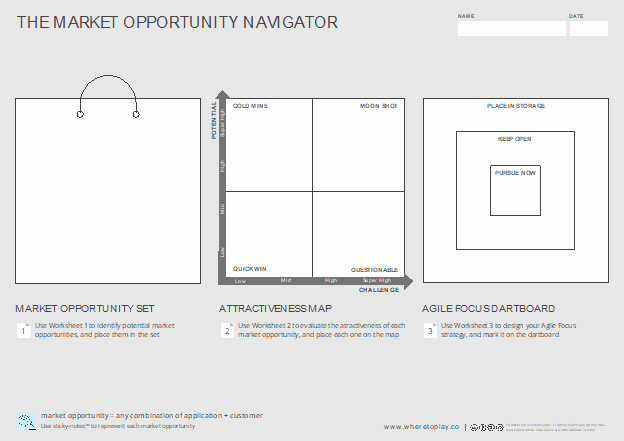
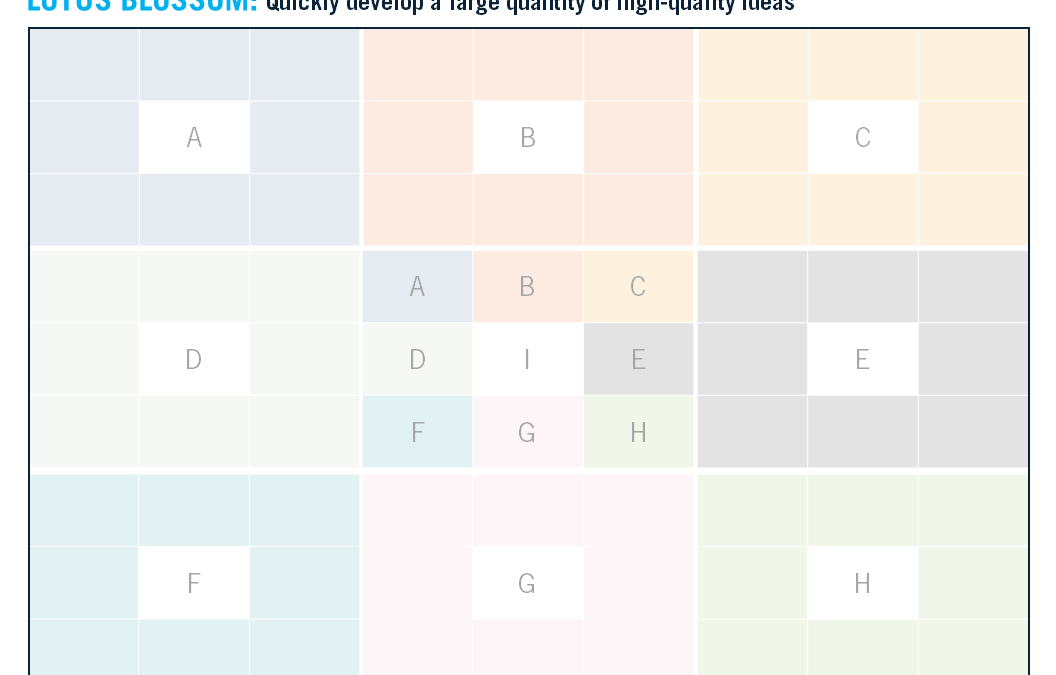
by dbward | Oct 18, 2021 | Facilitation Tips
This week’s blog post is by Jennifer Bristol
Preparation can take on many forms. A few months ago, I experienced what can happen when I am prepared for the facilitation but I have neglected to adequately prepare the participations.
The Innovation Tool Kit was designed to help teams think creatively, solve problems, and come up with unique solutions. This past summer, the ITK team designed a certification program for staff wishing to become certified in ITK and its methods. Prior to starting the official ITK training cohort, I decided to take a stab at using the lotus blossom with my project team split amongst 2 sessions. I split up into 2 in order to better manage the numbers of attendees, with each session being identical in the problem to be solved. It was obvious from the start that not everyone had used mural and there was limited exposure to sessions using the ITK tools. After a very brief introduction on mural and a lotus blossom activity overview, we dove right in. Chaos was the word that came to mind. The center square problem seemed to have been forgotten as thoughts that were not relevant ended up on the page.
This went on for a bit, I let them run with it until it reached a point that we were getting too far away from it the spirit of the session. I reminded them of the center problem to redirect and refocus. We then went through each of the newly created center seeds in the outer lotus blossoms and tried to get more clarity. In the end, the results that came out were helpful not just to me but other members of the team.
The second session was better in that some had more experience with the tools, and I had learned a little bit from the first session. I reinforced the objective before we began and throughout.
After the second session I had some time to reflect on what I would do differently. I was so wrapped up in making sure that I was prepared, knew mural, knew the ITK tool, etc. that I forgot about the people joining. Next time I would send in advance a link to mural so that the participations can practice and feel more comfortable with the tool, some details about lotus blossom (even if it is just the link on the ITK website), and the main objective of our session. I miscalculated the number of staff I thought would be familiar with the tools.
It would be beneficial to build an extra 5-10 minutes at the start of the session to do a mini mural activity so that attendees have some time to get familiar with creating a sticky, move stuff around, etc. Offering to have the participants “follow me” if they get lost is also a great option.
Moving forward I will make sure I look at preparation in all its forms.
by dbward | Sep 27, 2021 | Facilitation Tips, Tutorials
This week’s post is by Josh LeFevre, Julie Williams Stogner
COVID-19 changed the way we all collaborate. As individuals and organizations make decisions about the future of their workplace, we are likely to see more collaboration sessions with a blend of in-person and remote participants. While Josh’s personal preference is to host workshops that are all in-person or all virtual, we’d like to share what we’ve learned from a recent hybrid workshop we led.
This should be the beginning of the conversation around how to make ITK, design or innovation style workshops most effective in the growing hybrid collaboration space.
THE CASE STUDY
In May, Julie asked Josh to develop and facilitate a workshop to help improve decision advantage for logistics teams that are stood up in times crisis . Throughout June and July, Josh and Julie worked closely with the sponsor to craft a half-day in-person workshop with a series of activities to achieve the desired outcomes.
The sponsor asked all the participants to attend in-person to elevate the level of collaboration. One week prior to the planned workshop, some participants expressed they could no longer attend in person or that they only felt comfortable attending virtually, due to COVID-19. While this abrupt change was not ideal, we quickly pivoted to run a hybrid workshop with six in-person participants and four virtual participants.
As one participant observed, the workshop turned out great “due in large part to the upfront planning and exceptional team support.”
If you are going to lead a hybrid ITK session, consider using this brief checklist:
IN A HYBRID CONTEXT
- Test all connections, tools and tool access (like MURAL) for participants, video feeds, microphones, Teams access, projectors/monitors, etc., are working properly and are in sync to ensure virtual portion of the meeting will not have technical difficulties
- Leave enough time to troubleshoot (do not wait till the day of to test)
- Ensure all materials are printed or available online ahead of time
- Have one lead facilitator and at least two – four co-facilitators (3-5 facilitators total)
- Lead facilitator should attend in person if possible
- Have at least 1-2 extra co-facilitators in-person to collect notes and update lead facilitator of incoming virtual feedback. One of these facilitators should be responsible to monitoring the online chat and video feeds in the room.
- The secondary facilitator may be needed as escort for participants depending on site guidelines
- Have at least 1-2 facilitators online to capture notes, transcribe in-person activities and manage online conversations. One of these facilitators should be confident running a virtual workshop on their own in case there are technical issues.
- Make “video on” a requirement for virtual participants (or at least when they speak and participate). Video on encourages engagement and less distraction of virtual attendees. This also helps in-person participants feel as if they are being eased dropped on.
- If using MURAL (digital whiteboard) and in-person whiteboards, make sure both are updated and match synchronously
- This can be done by either an in person or online facilitator
- This task is incredibly challenging as those attending virtually cannot always see the activity outputs until they are completed
- Encourage participants to read their contributions as they are added
- Facilitator (Lead) can re-read the up-voted contributions
- Secondary facilitator can take pictures after each activity to ensure the online participants and facilitator(s) are able to follow
- Take time to pause and invite virtual participants to contribute to discussions
- Take breaks after dot voting to tabulate online and in-person votes
- Consider utilizing an MS Form version of Rose, Bud, Thorn
- Use printed handouts and virtual handouts for attendee bios, instructions for site, instructions for activities, contact information for follow on discussions (create these ahead of time)
ADDITIONAL THINGS TO TRY
- Have a smart projector or large touchscreen up in the room for in-person and remote persons to collaborate seamlessly via a digital interface
- Provide video feeds via tablet or mobile device at every in-person working group to facilitate a stronger in-person/remote collaboration during discussions
- Pair up one in-person participant with a remote participant, throughout the workshop, to ensure the remote participant’s voice is heard and has a clear access to provide contributions to mixed (in-person and virtual) breakout groups
- Take more frequent but shorter breaks to ensure remote attendees stay connected and to sync in-person and virtual contributions, as needed
- Conduct a “how to” MURAL or platform training ahead of the hybrid workshop






